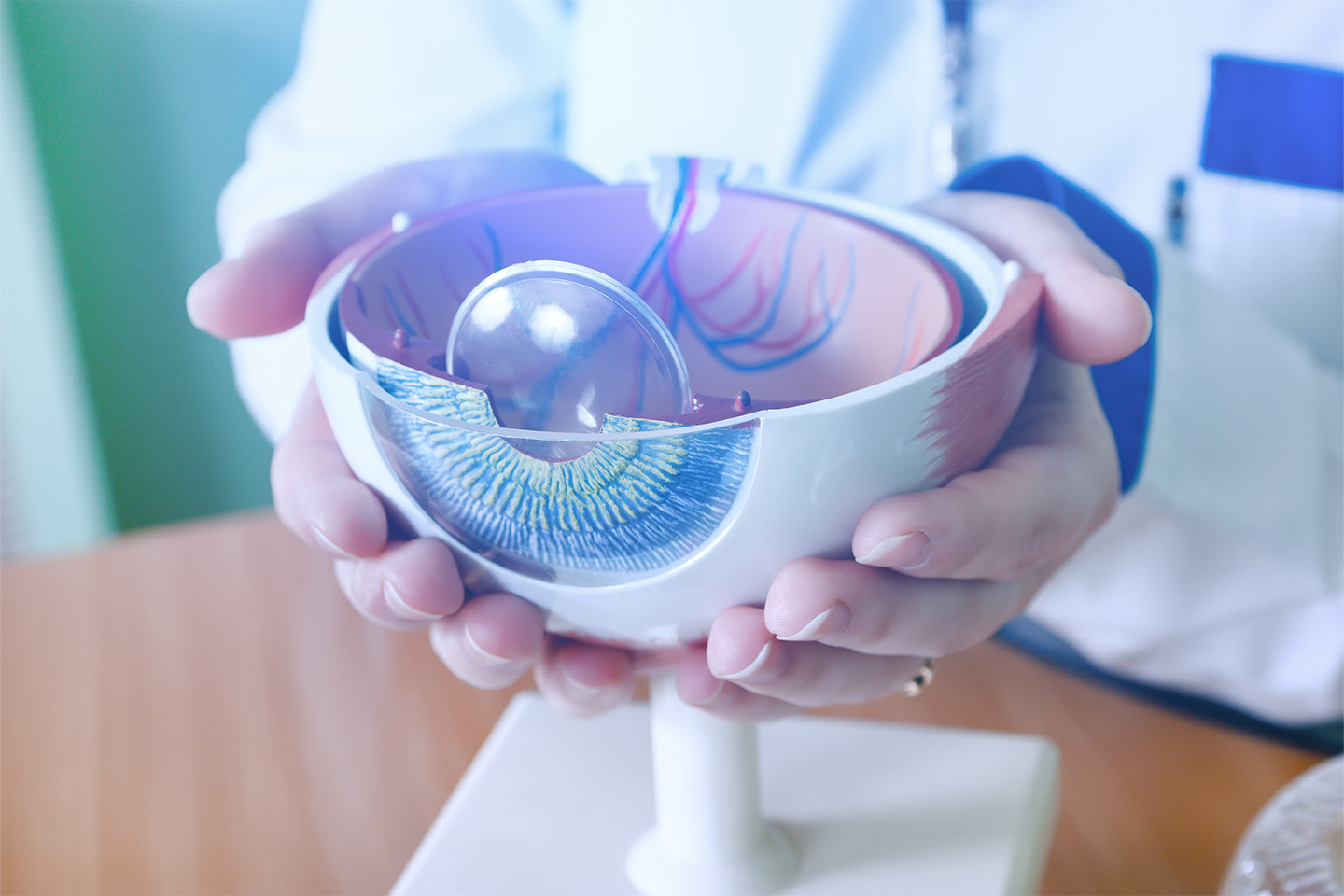Considering Eyelid Rejuvenation? Here’s What You Should Know.

If heavy, drooping eyelids are negatively affecting your appearance or making it hard to see, eyelid rejuvenation can help.
Our eyes do a lot of work over the course of our lives, and over time, that work begins to show. The natural process of aging and other factors like smoking and sun exposure can cause the skin surrounding your eyes to lose its elasticity. If your eyelids are drooping, sagging, heavy, or thinning, your vision can suffer. Drooping eyelids can also result in cosmetic flaws that make you look tired or older than your age.
Blepharoplasty, a procedure that reduces the amount of excess skin around the eyes, can improve visual acuity, and result in a healthier, more youthful appearance. Here’s what you need to know about eyelid rejuvenation:
The Procedure
Blepharoplasty, otherwise known as eyelid rejuvenation, is a type of plastic surgery that involves adding or removing fat from the eye area to alter its appearance. Two types of blepharoplasty exist: upper and lower, and either or both can be performed, depending on the patient’s needs.
Traditionally, blepharoplasty has been performed with a scalpel, but technological advancements have made it possible to use lasers instead, which makes for a much less invasive procedure and faster recovery times.
Who Needs Blepharoplasty
Blepharoplasty is not a purely cosmetic procedure, although cosmetic improvement is often one of, if not the only reason for a patient to undergo eyelid rejuvenation. Other conditions prompting patients to pursue the procedure include malignant or benign tumors around the eyes or a drooping eyelid that’s negatively affecting vision.
Generally, if you’re in good health and have no serious eye conditions, your doctor will consider you as a candidate for blepharoplasty. Non-smokers tend to be better candidates for the procedure than smokers.
Cost
According to the American Society of Plastic Surgeons, the average cost for eyelid rejuvenation surgery is $3,026, but that cost can vary based on the facility, the surgeon, location, and the particularities of each individual’s case. Some insurance plans will cover blepharoplasty but usually limit coverage to patients with tangible visual impairment from their eyelids. In other cases, most doctors will offer financing plans with reasonable monthly payments.
Recovery
Recovery times for blepharoplasty tend to be brief, with most patients returning to normal activities 7-10 days after the procedure. Stitches and bandages can usually be removed one week following surgery, and full recovery is expected in 14-17 days. Bruising and swelling — normal symptoms during the early stages of recovery — can be relieved with cool compresses.
Next Steps
If you’re ready to address drooping eyelids or excess skin around the eyes, you might want to consider an eyelid rejuvenation procedure. Kleiman Evangelista Eye Centers of Texas’s Dr. Adriane Schiano, M.D. is fellowship-trained in Oculoplastic and Reconstructive Surgery.
For an expert opinion, schedule a consultation with us today either online or by calling us at 1-800-714-2020.
Turn To The Top Eye Doctors In Texas
Check out one of our locations below for the best eye care near you:
[DISPLAY_ULTIMATE_SOCIAL_ICONS]








